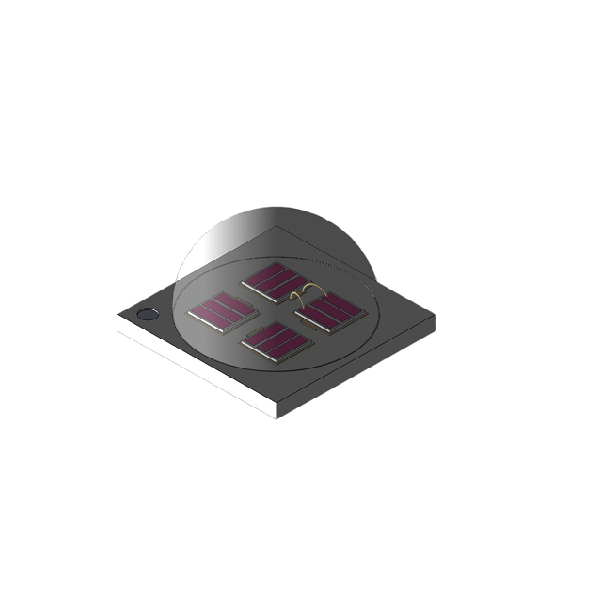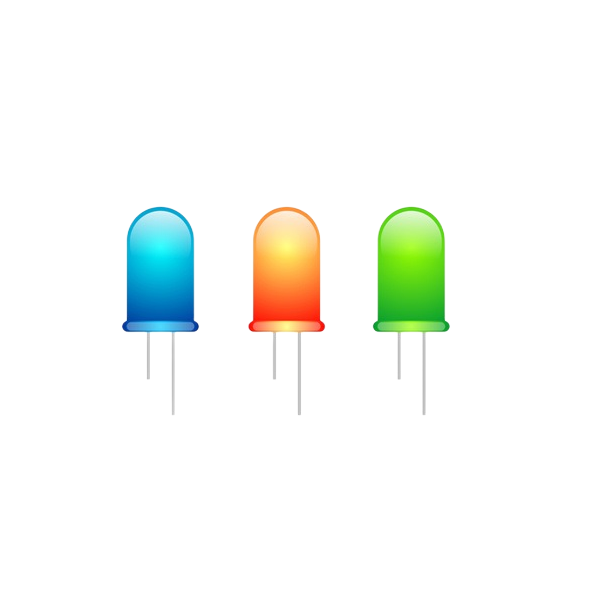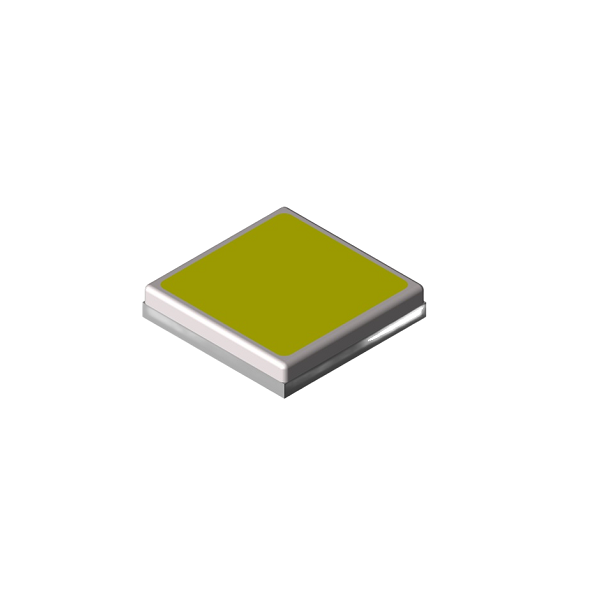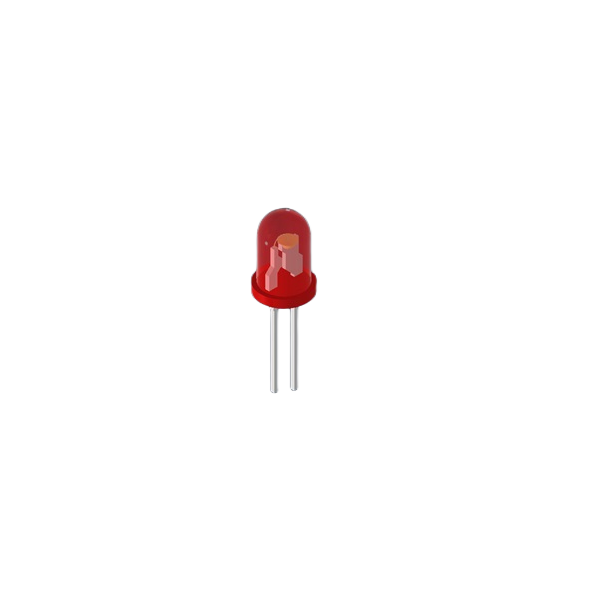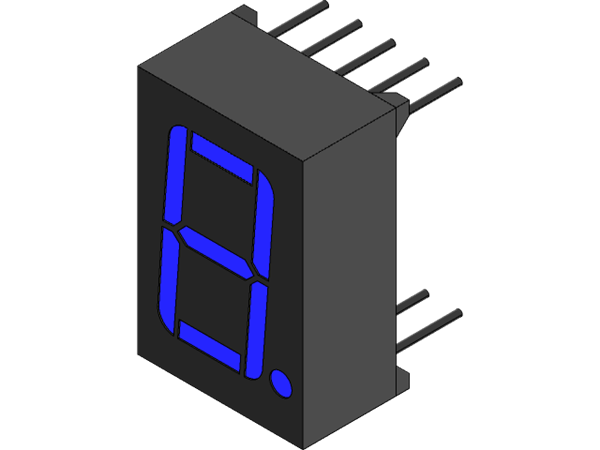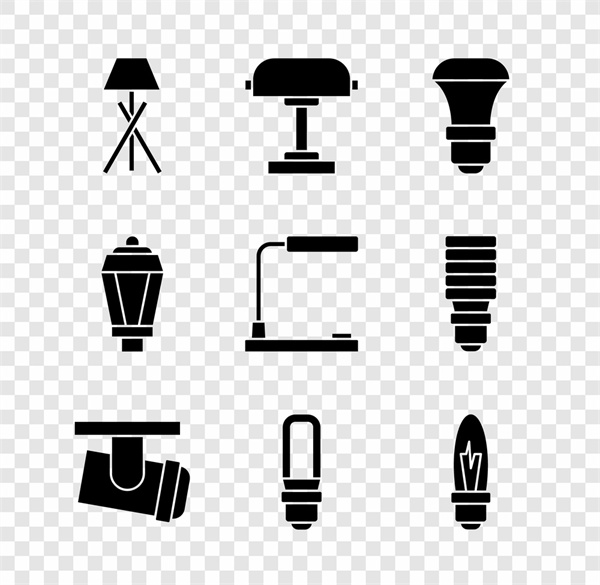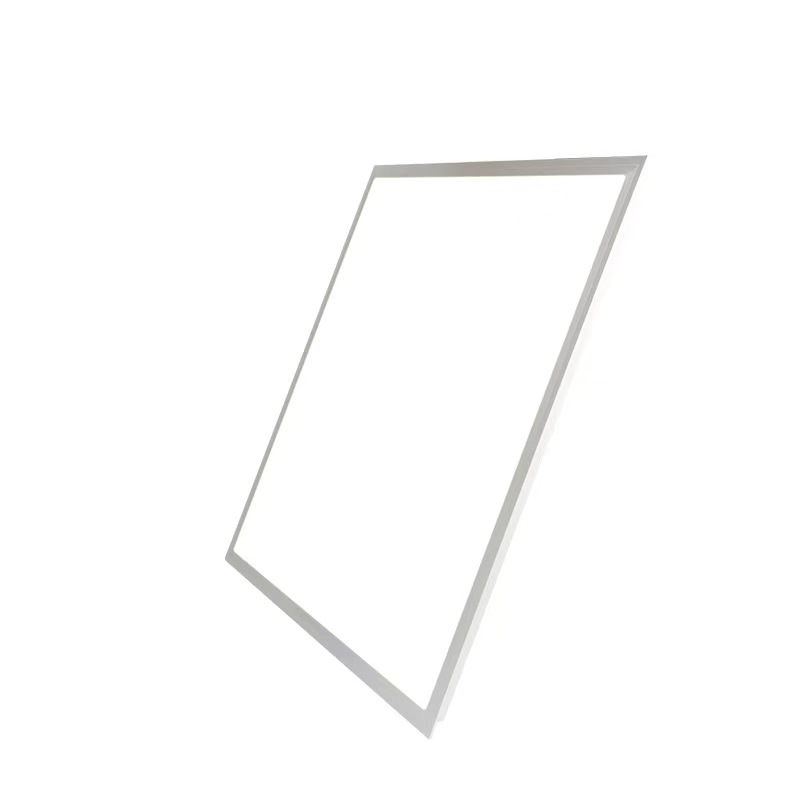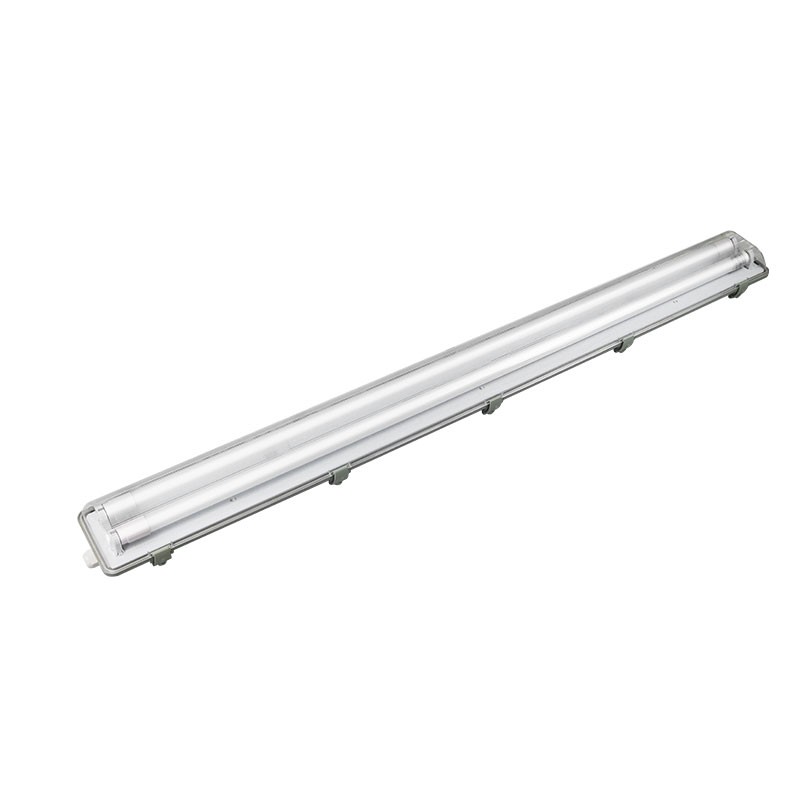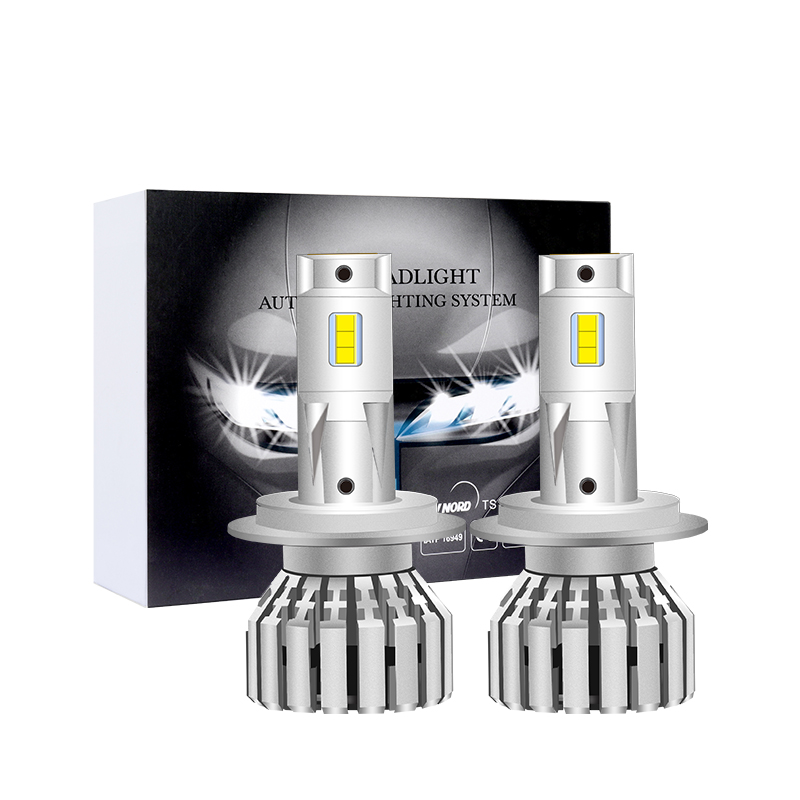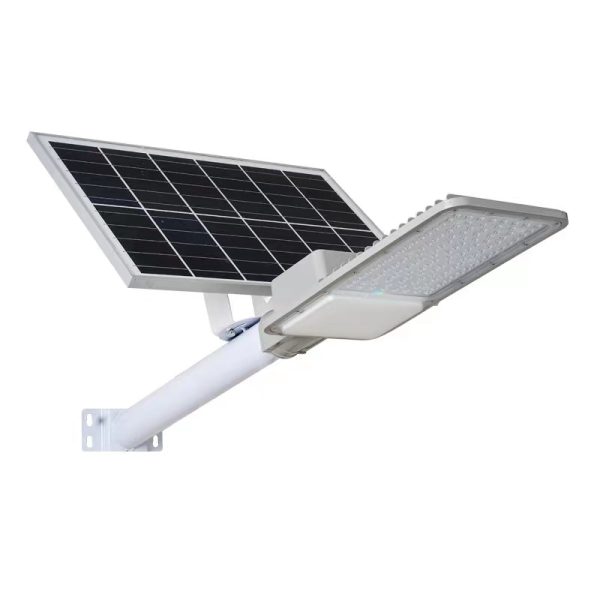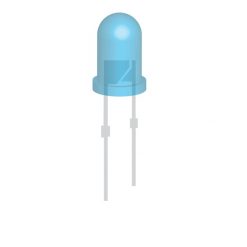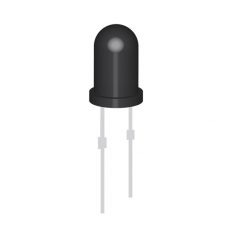photodiode, also called a Laser diode, is an optoelectronic device that converts light into a current or voltage signal depending on how it is used. It is capable of converting optical signals into electrical signals and has the characteristics of fast response, high sensitivity and low power consumption. Usually it will be enclosed in an enclosure. The package can provide mechanical strength, dust and humidity protection, etc., and also facilitates the installation and use of the Photodiode.
Various packages and sizes of photodiodes, such as through-hole DIP type Φ3, Φ5mm, side sensor and SMD package products, customers have high flexibility in choice in application design.
Photodiode LED
Photodiode LED
Material: The region of the Photodiode is composed of p-type and n-type materials, forming a positive and negative junction. When light hits this junction, a pair of photogenerated carriers is formed, which generates an electric current. Electrodes: The electrodes of the Photodiode are mainly used to receive and transmit current signals. Generally speaking, Photodiode will have two electrodes, one is the anode (Anode) and the other is the cathode (Cathode) Photosensitive diodes are similar in structure to semiconductor light-emitting diodes, and their internal chip is a PN junction with photosensitive characteristics (usually a PIN junction, not a general PN junction). It has unidirectional conductivity, so it needs to apply reverse voltage when working. When there is no light, there is a small saturated reverse leakage current (ie dark current), and the photodiode is cut off at this time. When illuminated, the saturated reverse leakage current increases greatly to form a photocurrent, which changes with the intensity of the incident light. When light irradiates the PN junction, electron-hole pairs can be generated in the PN junction, increasing the density of minority carriers. These carriers drift under the reverse voltage, increasing the reverse current. Therefore, the intensity of light can be used to change the current in the circuit. In practical applications, photodiodes are often used in photoelectric detection, photoelectric sensing, optical communication, and photoelectric measurement. For example, it can be used in photoelectric gates, photoelectric switches, photoelectric encoders and other equipment to realize the detection and control of optical signals. In addition, photodiodes can also be used in equipment such as spectrum analyzers, image sensors, and photometers to measure and analyze optical signals. Photodiodes are widely used in photometers, photosensors, DC players, smoke detectors, medical equipment, camera photometers, etc.


